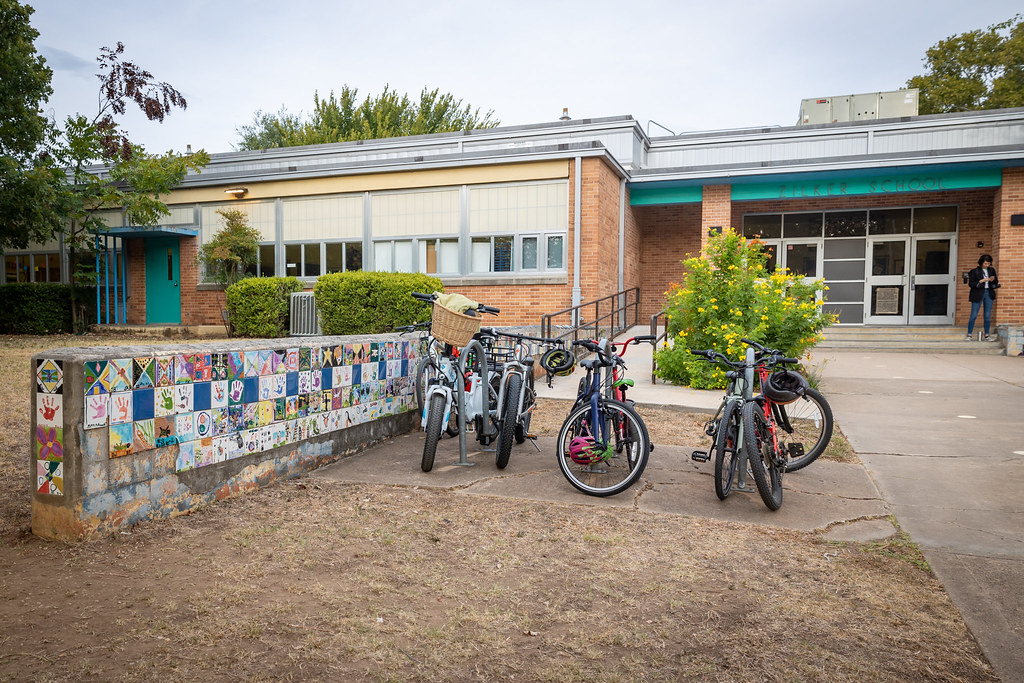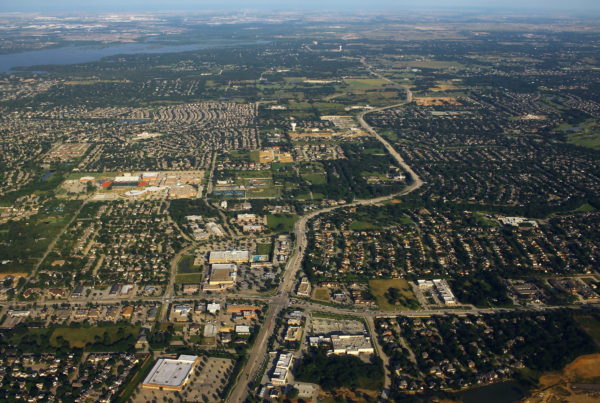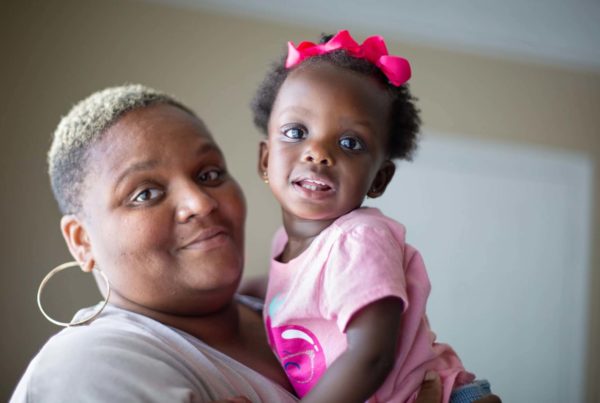In the three months since the Uvalde shooting, school safety has been among the leading priorities of parents sending their children back to school. Districts around the state have undergone security upgrades, re-evaluated their emergency protocols, and implemented policies aimed at preventing shooters.
One of these districts is the Austin Independent School District, headed by Wayne Sneed. Though he’s been in law enforcement for nearly four decades, this is his first year as chief of police for the Austin district. Sneed joined the Texas Standard to talk about how school police are thinking about security, how Austin is addressing mental health needs and stigmas, and the role community members can play in preventing tragedies.
This transcript has been lightly edited for clarity:
Texas Standard: What a year to take over as police chief for AISD. What sort of conversations have you been having with with principals and parents?
Wayne Sneed: You know, Austin ISD Police Department has been in existence as a law enforcement agency since 1986. So this is not a new concept for us. We’ve been through Columbine; we’ve been through [the Parkland and Santa Fe school shootings], unfortunately, all those other tragic incidents that have happened. So we feel like we have a pretty robust approach to school safety, and we’ve learned a lot from those particular unfortunate incidents.
One of the big focuses since Uvalde has been keeping better track of warning signs. Does Austin ISD track, for instance, social media? Does it tend to try to get an evaluation of of potential risks at school?
Yeah. In 2012, the police department and our social-emotional learning and counseling departments here in the Central District Office started working very closely with our campus counselors. I don’t know if you’re aware, but the state requires a threat assessment team on a campus, but also a district threat assessment team to look at potential dangers that you just alluded to.
» Texas Standard special report: ‘The end of last year will be with us’: Are Texas schools any safer since the Uvalde shooting?
How do you assure parents who are concerned that this is may be bigger than we have clear answers for?
That’s a big concern and a justified concern among our community and our parents. Obviously, each one of these unfortunate tragedies that occur throughout our nation gives us another viewpoint of something that maybe we did not consider before.
As your colleagues in other parts of the state focus on school safety, are they talking about different approaches or anything like that?
I think the majority of them are focused on where are vulnerabilities, and then how do we intensify and make sure that we can keep those campuses safe as much as possible.
Is there a role for parents or guardians here?
Absolutely. I say “see something, say something.” There have been situations where someone knew something – a community member saw something that just did not look right or feel right – but that one little nugget of information could be a critical piece to thwarting, you know, some type of a serious situation that occurs on a campus or somewhere in the city.
Having said that, though, there’s been a lot of attention focused on mental health and the need to remove the stigma so that people feel free to talk about this. As a practical matter, what do you do when you learn that perhaps there’s a student struggling behaviorally or with mental health issues right now, and there are a lot of them?
Well, that’s one of our internal processes. I don’t want to go on explaining exactly what we do, that it will allow someone to circumvent the system. However, what I would say to you is that, you know, we have been working for the last 11 years in building a robust crisis intervention prevention protocol. And we train with our counseling and our social-emotional learning department to then help each other and support each other when we have a student that may fall into this area in need of mental health services or just mental health support. So I feel fairly confident that if the protocol is followed in the way that it was designed, that we should be able to identify any potential need for support and then put in place the resources already in place to provide that support.













